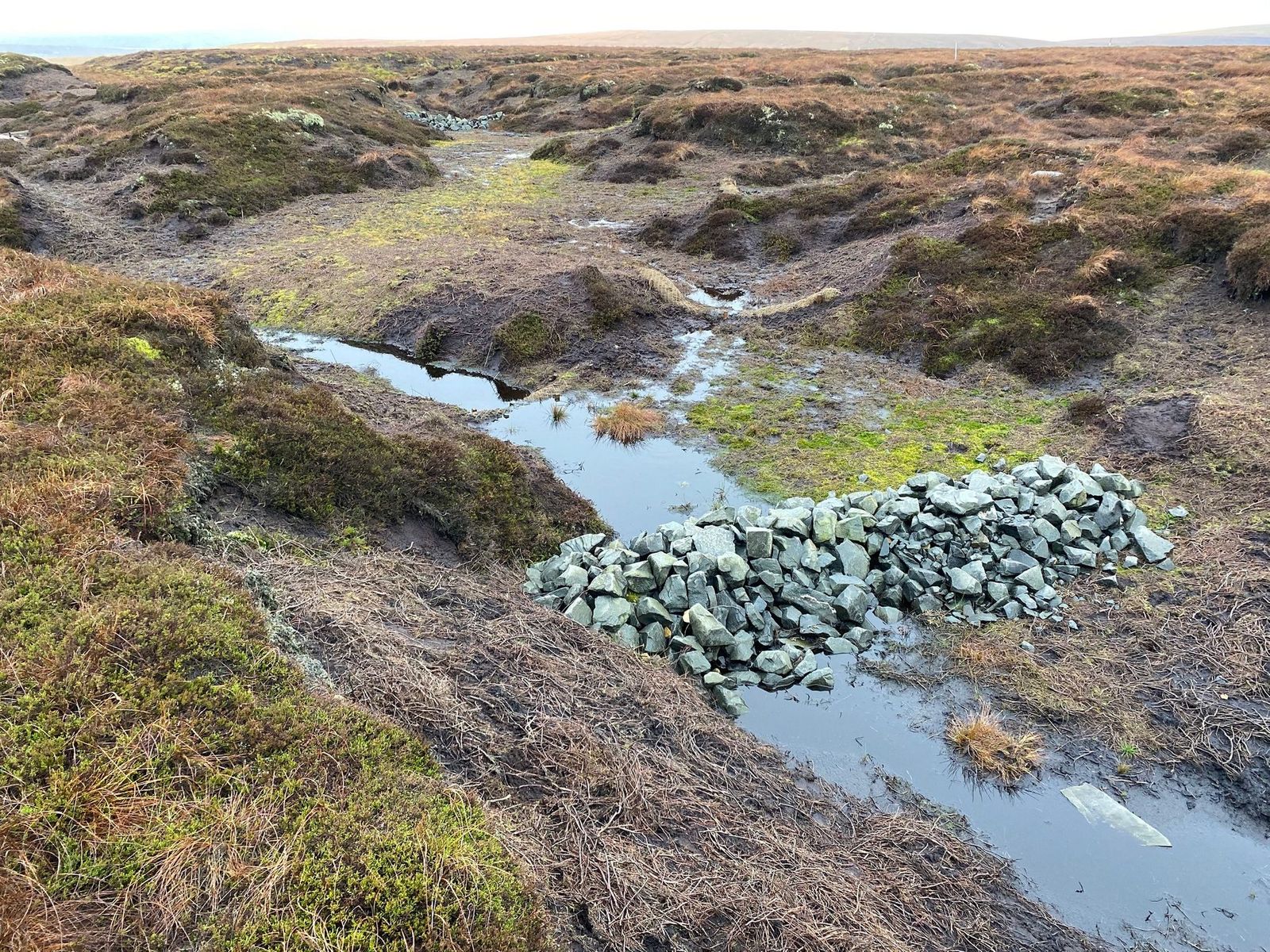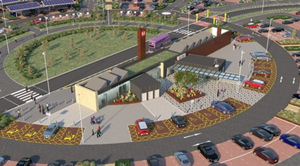A four-year peatland restoration project in the North Pennines is delivering 3,343 acres of peatland restoration in a venture that will strengthen the region’s ability to fight climate change.
Pennine PeatLIFE, funded by the EU LIFE programme with match funding from Yorkshire Water, United Utilities, Northumbrian Water and the Environment Agency, is led by the North Pennines Area of Outstanding Natural Beauty (AONB) in collaboration with Yorkshire Wildlife Trust and Forest of Bowland AONB Partnership.
Nine privately owned estates managed for grouse shooting are currently taking part in the restoration accounting for the vast majority of the peatlands in the project covering an area of 1,000 rugby pitches.
Two of these sites, Langdon Fell and Valance Lodge – owned by Raby Estates – have seen a significant amount of work undertaken. This has included blocking up drains historically cut into the peat to improve agricultural productivity once again to retain water. Additionally, 173 acres of restoration has taken place on Valance Lodge and 79 acres on Langdon where deep eroding gullies – often on sloping ground – have been restored through the process of reprofiling the damaged sides to more favourable angles of 33-45 degrees and revegetated to stabilise the soil.
Other work has involved planting clumps of moss in a bid to establish a healthy Sphagnum moss layer, which provides the peat with long-term stability and helps restart the process of locking up carbon. Heather brash cut from donor estates has been spread throughout the restoration sites, to protect the bare peat from erosion through wind and weathering, while similarly providing a seed source and growing medium for new plants.
Joe Robinson, Raby Estates Land Agent, says: “The early indications are that the project is delivering. We’re seeing sphagnum and other moorland plant species beginning to grow, which is ultimately stemming peat erosion and carbon emissions. Likewise, the work undertaken to mitigate against water runoff is looking extremely positive. If restoration is done properly it brings significant benefits for all the stakeholders involved.
Joe recognises that, given the complexity of the task, there is a lack of awareness – and appreciation – for the scale of benefits such restoration has for society as a whole. He explains: “The amount of work involved behind the scenes and time that these projects take to pull together is definitely not fully understood by the general public. It’s certainly something that needs to be promoted and discussed more.”
While a key contributor to Pennine PeatLIFE, Raby Estates have a long history of restoration work. Of its 458 miles of drains, 220 miles were blocked between 1995 and 2012, and another 98.1 miles of drains naturally blocking through management changes, with more work planned after the Pennine PeatLIFE project has expired.
According to the Peatland Code, a voluntary certification standard for UK peatland projects, over the next 30 years just this one grouse moor under restoration is expected to save approximately 6,351 tonnes of carbon emissions, equivalent to taking 5,293 cars off the road.
Amanda Anderson, Director of the Moorland Association, says: “There are multiple benefits for society when it comes to peatland restoration which is underway across our members’ one million acres of land. Mitigation of climate change, carbon storage, water quality, flood attenuation and biodiversity are all significantly strengthened when we invest money into public goods.
“The potential for collaboration between landowner and peatland experts is immense, as projects like Pennine PeatLIFE demonstrate. Not only are they creating and discovering new techniques, they’re establishing best-practice methods for future peatland restoration funding streams. It is our hope that the success of this project will encourage a greater investment of public and private money for years to come.”
Photo caption: stone weeping walls positioned to reduce water run off on moorland at Raby Estate






